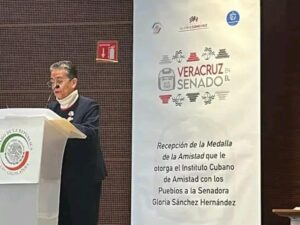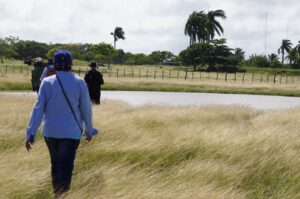The Great Wetland of Northern Ciego de Ávila, Cuba’s second largest and most important wetland ecosystem, serves as a vital refuge for an extensive variety of Cuban and international fauna. This biodiverse habitat supports numerous bird, reptile and mammal species that inhabit the area either seasonally or year-round, with particularly significant populations of about 20 bat species – representing most of Cuba’s 26 documented varieties.
Among its unique residents is a distinctive blue-colored lizard subspecies found exclusively in Ciego de Ávila’s northern keys. The wetland also provides critical habitat for important avian species, including the marsh wren, along with notable populations of white ibis and the Cuban sandhill crane – the largest native bird in the Cuban archipelago.
Beyond its ecological value as a wildlife sanctuary, this extensive wetland system performs the vital environmental service of buffering coastal areas against extreme weather events, particularly serving as a natural barrier against major hurricanes. Conservation experts emphasise how this dual role – protecting both biodiversity and human communities – makes the wetland’s preservation increasingly important in the face of climate change.




